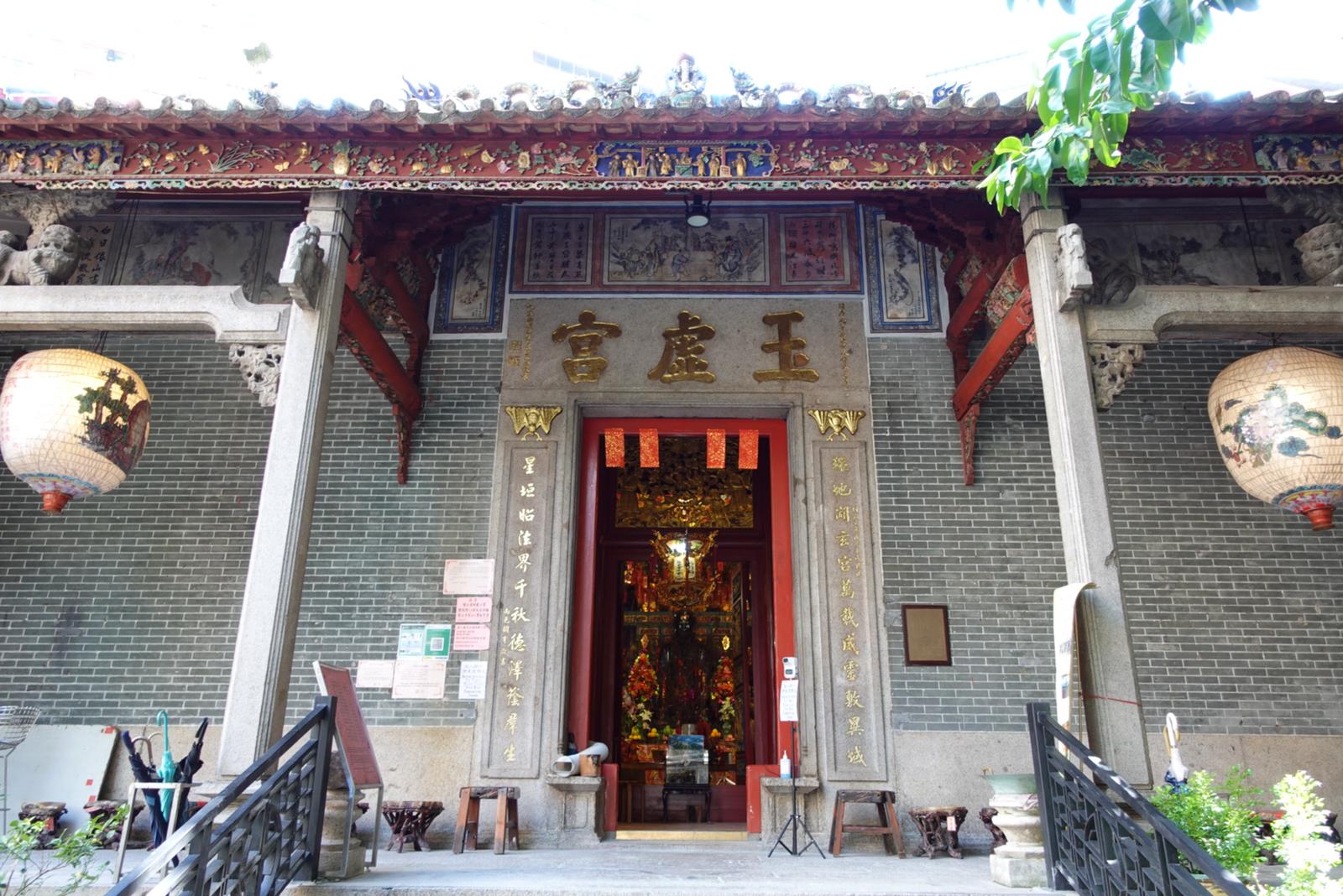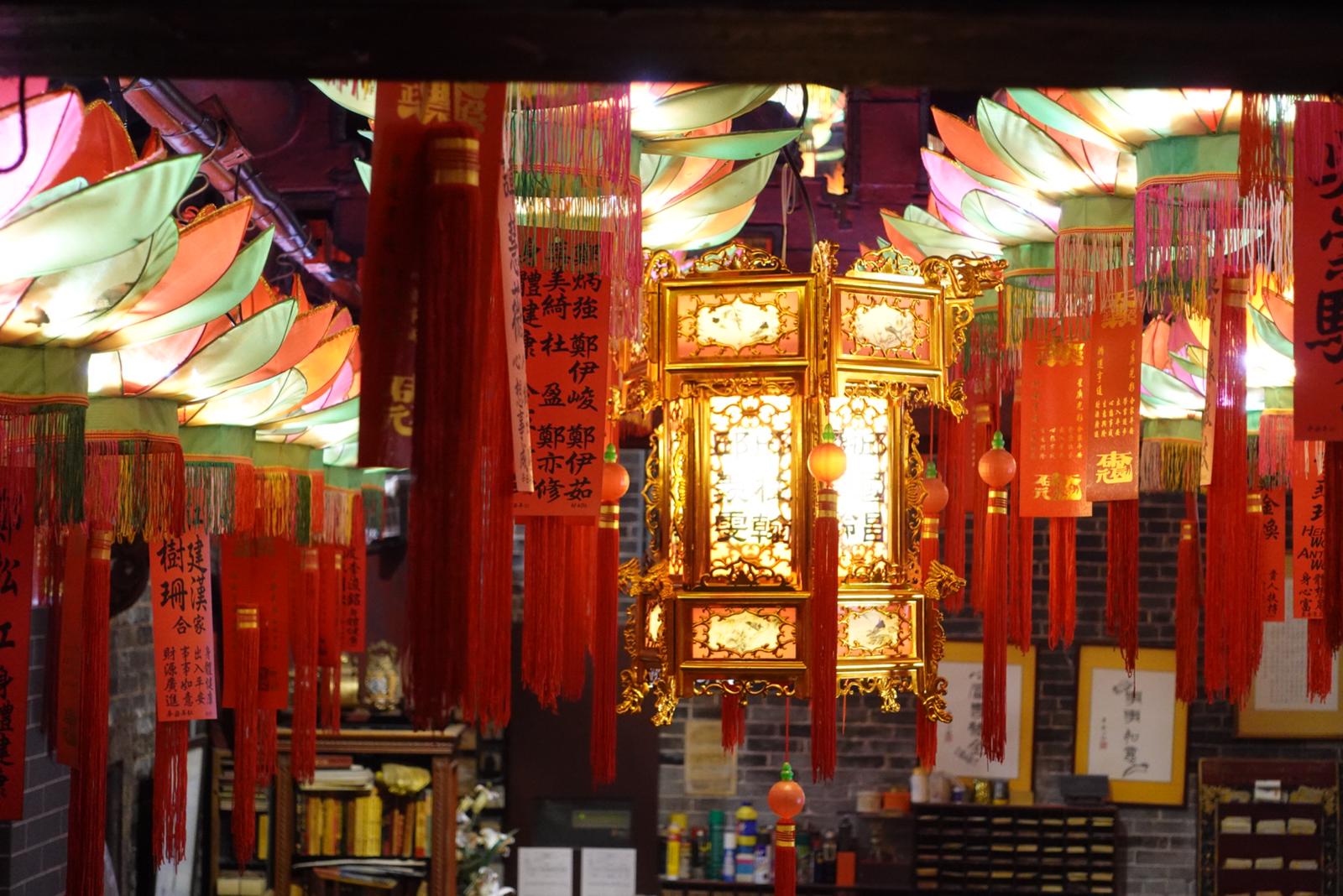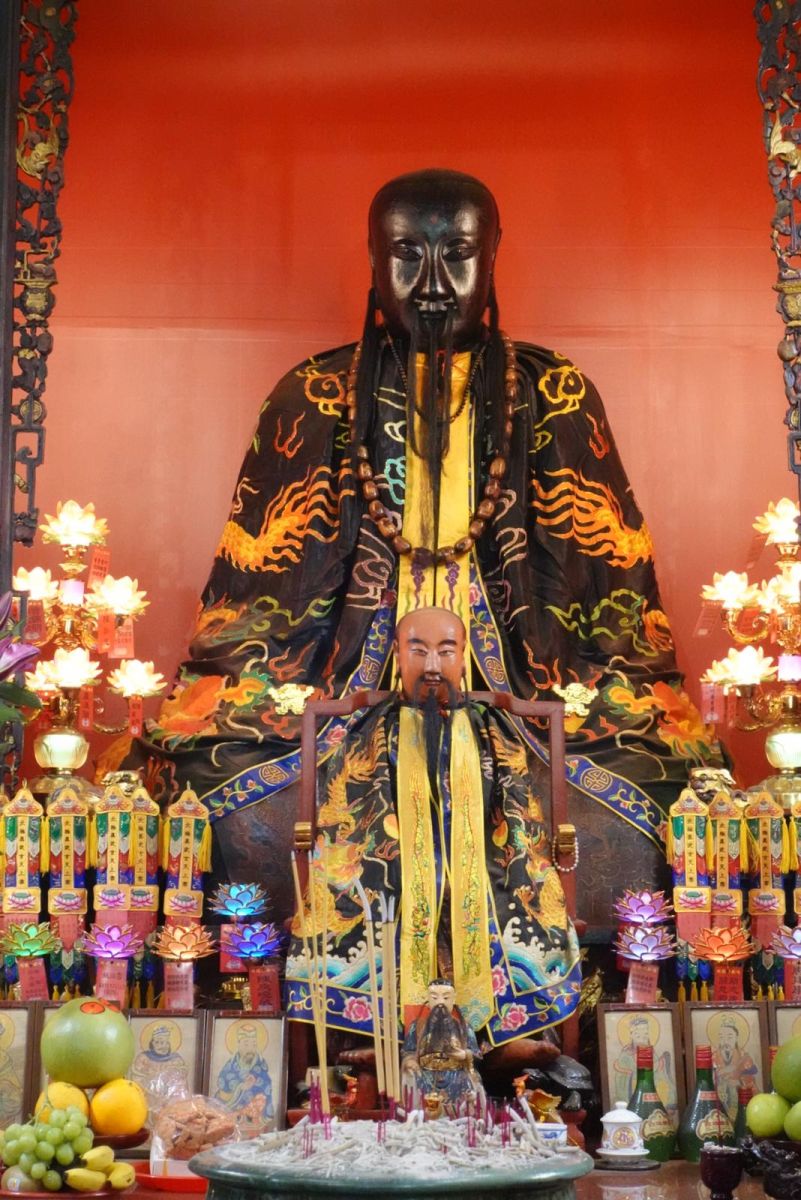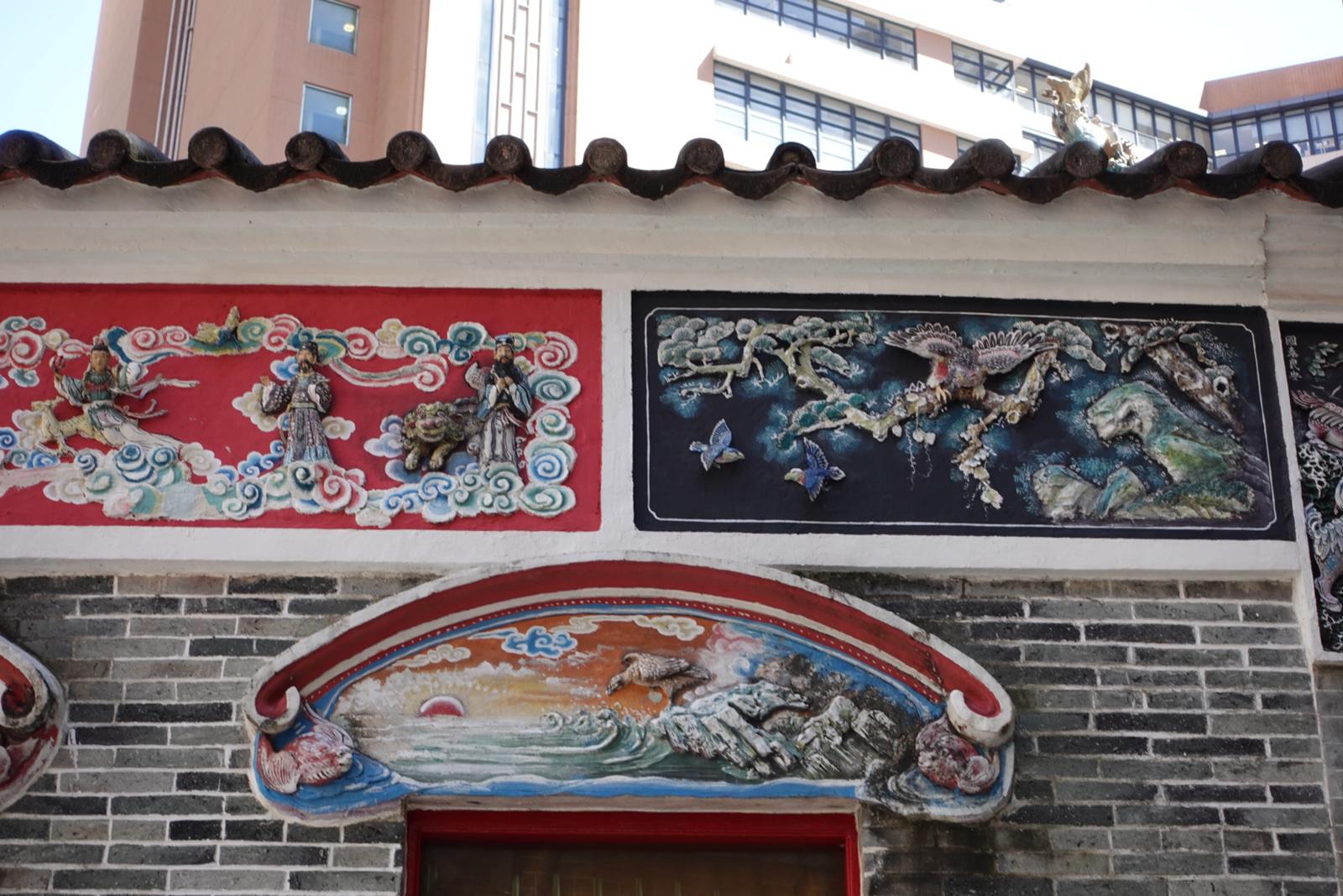
Discover the century-old Taoist Temple nestled in the backstreets of Wan Chai. Built by local residents in the 1860s, this enchanting sanctuary is dedicated to the God of Water, Pak Tai (北帝). Experience the serenity and lingering religious atmosphere within its walls. As the largest Pak Tai Temple (北帝廟) complex on Hong Kong Island, this historically significant and aesthetically stunning treasure has been recognized as a vital heritage site, symbolizing the neighborhood's social development throughout the years.


According to Taoist ideologies, the north is associated with water and the color black, which is why Pak Tai is also known as the Black Emperor. Highly revered by people in southern regions for protection against floods, the water deity's influence comes from the north.The temple is constructed in the quintessential Qing vernacular architectural style, embodying a two-hall-three-bay design. It showcases elaborate, handcrafted murals both inside and out, illustrating scenes from bygone eras. The main hall is home to a centuries-old copper statue of Pak Tai, an artifact that is approximately 400 years old. Unlike other local temples that typically have spiral incense sticks, this one is distinct in its use of multicolored lotus lanterns that dangle from the ceilings. These lanterns contribute to a unique and tranquil atmosphere within the temple.
Beyond its spiritual role, the temple was a fulcrum of social activity during the early stages of Wan Chai's development, optimizing its existing space for community needs. The two halls adjoining the main building as both a community center and a school. The broad acceptance of its religion is attested by the temple's generosity in the 1950s, when it offered its right hall to St. James Settlement for their community work, despite religious differences. This act of unity helped to create the sense of community that Hong Kong is known for today.

The Pak Tai Temple in Wan Chai is more than just a pivotal religious hub; it also serves as an emblem of the communal solidarity and collaboration that has woven the social fabric of Hong Kong. With its remarkable history, stunning architecture, and tranquil ambiance, it is an essential site for visitors seeking to immerse themselves in the cultural heritage of the city.









